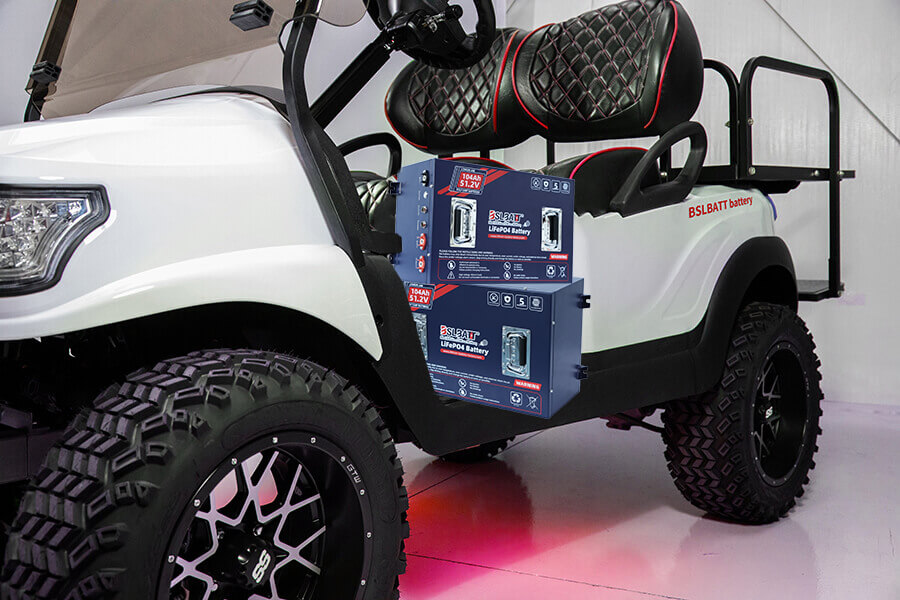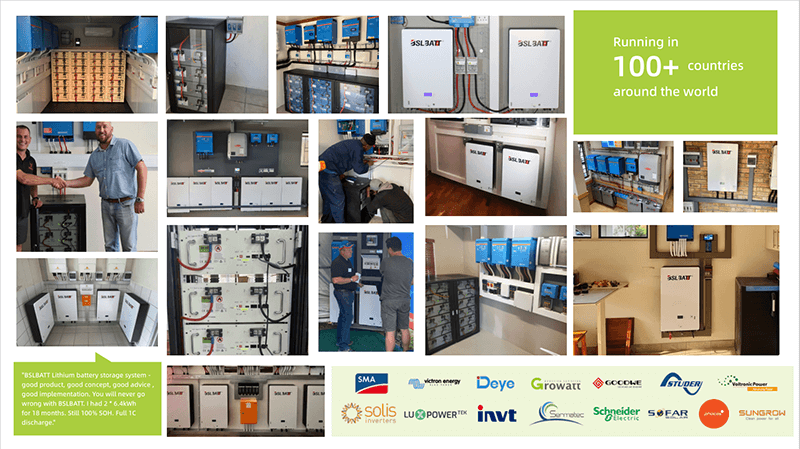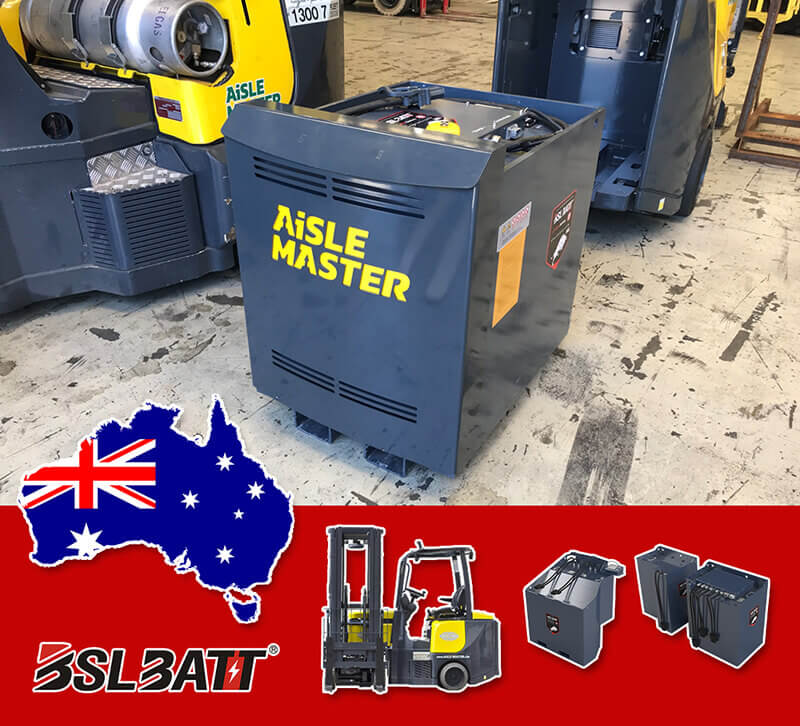Industry Application
Product Type
What is C Rating of Lithium ion Battery?
Lithium-ion batteries are widely used in many portable electronic devices, electric vehicles, and renewable energy storage systems. These batteries are known for their high energy density, long cycle life, and low self-discharge rate, making them an excellent choice for many applications. However, choosing the right lithium-ion battery for a specific application can be a challenging task, as several factors need to be considered, such as the battery capacity, voltage, chemistry, and C rating.

In this article, we’ll focus on the C rating of lithium-ion batteries and explain what it means and how it affects the battery’s performance.
What is the C Rating of a Lithium-Ion Battery?
The C rating of a lithium-ion battery refers to its discharge rate, which is the maximum amount of current that can be safely drawn from the battery without damaging it. C rating of battery, or the discharge rate of a battery, is an important specification to consider when choosing a battery for various applications. The C rating is expressed as a multiple of the battery’s capacity, which is usually measured in milliampere-hours (mAh) or ampere-hours (Ah).
For example, a 1000mAh lithium-ion battery with a 1C rating can deliver a current of 1000mA or 1A continuously without damaging the battery. Similarly, a 5000mAh battery with a 2C rating can safely discharge at 10A (2 times its rated capacity) without overheating or reducing its lifespan.
The C rating of a lithium-ion battery is an essential specification that determines its performance in high-drain applications, such as electric vehicles, power tools, and drones. A higher C rating means that the battery can deliver more current and provide more power, making it suitable for high-performance applications that require rapid acceleration or sustained power output.
It’s important to note that the C rating of battery is closely related to the battery’s internal resistance. As the discharge rate increases, the internal resistance causes the battery voltage to drop, resulting in reduced performance. Batteries with a higher C rating typically have lower internal resistance, allowing them to maintain a more stable voltage during high-current discharges.
How to Calculate the Maximum Discharge Current of a Lithium-Ion Battery?
To calculate the maximum discharge current of a lithium-ion battery, you need to know its capacity (C), rated voltage (V), and C rating (C). The formula is as follows:
Maximum Discharge Current = Capacity (C) x C Rating (C) / Rated Voltage (V)
For example, suppose you have a 200Ah lithium-ion battery with a 2C rating and a rated voltage of 51.2V. The maximum discharge current would be:
Maximum Discharge Current = 200Ah x 2 / 51.2V = 78.125A
This means that the battery can deliver a maximum current of 78.125A without damaging it or reducing its lifespan.

Factors That Affect the C Rating of a Lithium-Ion Battery
The C rating of a lithium-ion battery can vary depending on several factors, such as temperature, state of charge, and age.
Temperature: Lithium-ion batteries are sensitive to temperature, and their performance can be affected by extreme heat or cold. High temperatures can increase the battery’s internal resistance, reduce its capacity, and shorten its cycle life. In contrast, low temperatures can decrease the battery’s discharge rate and increase its internal resistance, reducing its overall performance. Therefore, it’s essential to choose a battery with a suitable C rating for the temperature range of the application.
State of Charge: The C rating of a lithium-ion battery can also vary depending on its state of charge (SOC). A fully charged battery can deliver a higher current than a partially charged battery due to its higher voltage. Therefore, it’s essential to consider the SOC of the battery when selecting a suitable C rating for the application.
Age: The C rating of a lithium-ion battery can decrease over time due to aging and wear. As the battery undergoes repeated charge and discharge cycles, its internal resistance increases, reducing its ability to deliver high.
Therefore, it’s essential to monitor the battery’s health and replace it when its performance degrades beyond an acceptable level.
Benefits and Limitations of High C Rating Batteries
High C Rating batteries offer several benefits, such as:
High Power Output: High C-rating batteries can deliver a lot of power quickly, making them suitable for high-performance applications that require rapid acceleration or sustained power output.
Low Internal Resistance: High C Rating batteries typically have a lower internal resistance than low C rating batteries, reducing the voltage drop and improving the battery’s efficiency.
Fast Charging: High C Rating batteries can be charged quickly due to their high power output, reducing the charging time and increasing the overall convenience of the battery.

Differences in C Rating for Different Lithium Battery Applications
Solar Lithium Batteries:
Solar lithium batteries are commonly used in off-grid solar systems to store energy generated by solar panels. These batteries need to have a high C rating to deliver power to the system quickly and efficiently. For example, a typical solar lithium battery may have a C rating of around 2C or higher, which means it can discharge its entire capacity in half an hour or less. This high C rating ensures that the battery can provide power to the system when it’s needed, such as during peak energy demand periods.
Golf Cart Lithium Batteries:
Golf Cart lithium batteries are used to power electric golf carts. These batteries need to have a lower C rating than solar lithium batteries since the power output requirements are not as high. Typically, a golf course lithium battery may have a C rating of around 1C or less, which means it can discharge its entire capacity in an hour or more. This lower C rating helps to extend the battery’s lifespan and reduce the risk of overheating or damage during use.
Cleaning Cart Lithium Batteries:
Cleaning cart lithium batteries are used to power electric cleaning carts, which are commonly used in commercial settings such as hotels and hospitals. These batteries need to have a moderate C rating to deliver enough power to run the cart’s motor and accessories, such as lights and fans. A typical cleaning cart lithium battery may have a C rating of around 1C to 2C, which means it can discharge its entire capacity in half an hour to an hour. This moderate C rating ensures that the battery can provide enough power for the cart’s operation without overheating or reducing its lifespan too quickly.
Forklift Lithium Batteries
Forklift lithium batteries typically have a higher C rating compared to golf course or cleaning cart lithium batteries but are lower than that solar lithium batteries. Forklifts require a lot of power to lift heavy loads and move around, so their batteries need to deliver high power output consistently.
The C rating of a forklift lithium battery will depend on several factors, such as the weight of the forklift and the maximum load it can carry. Typically, forklift lithium batteries have a C rating of around 2C to 3C, which means they can discharge their entire capacity in around 20 to 30 minutes. This high C rating allows the battery to provide enough power to the forklift to lift heavy loads and move around without experiencing voltage drops or overheating.
It’s worth noting that forklift lithium batteries are usually designed for long, continuous operation and are often equipped with advanced cooling systems to prevent overheating. This is important because the high C rating can generate a lot of heat during discharge cycles, and if the battery gets too hot, it can reduce its lifespan or even cause damage. Therefore, proper maintenance and safety precautions are crucial when using forklift lithium batteries to ensure their optimal performance and longevity.
The C rating of a lithium battery will vary depending on the application it’s used for. Solar lithium batteries require a high C rating to deliver power quickly and efficiently, while golf course lithium batteries require a lower C rating to extend their lifespan and reduce the risk of damage. Cleaning cart lithium batteries fall somewhere in between, requiring a moderate C rating to provide enough power for the cart’s operation without overheating or reducing their lifespan too quickly.

Conclusion
The C rating of a lithium-ion battery is an essential specification that determines its performance in high-drain applications. Choosing the right C rating for a specific application requires considering several factors, such as temperature, state of charge, and age, to ensure optimal performance and longevity. High C Rating batteries offer several benefits, such as high power output and fast charging, but also have some limitations, such as higher cost and lower cycle life. Therefore, it’s crucial to select a suitable C rating based on the application’s requirements and use the battery within its safe operating limits to avoid damage or failure.
A Guide to Choosing the Best 48V Lithium Golf Cart Battery
Would it be worth investing in a 48V ...
10 Exciting Ways To Use Your 12V Lithium Batteries
Back in 2016 when BSLBATT first began designing what would become the first drop-in replacemen...
BSLBATT Battery Company Receives Bulk Orders from North American Customers
BSLBATT®, a China Forklift battery manufacturer specializing in the material handling indust...
Fun Find Friday: BSLBATT Battery is coming to another great LogiMAT 2022
MEET US! VETTER’S EXHIBITION YEAR 2022! LogiMAT in Stuttgart: SMART – SUSTAINABLE – SAF...
Looking for new Distributors and Dealers for BSL Lithium Batteries
BSLBATT battery is a fast-paced, high-growth (200% YoY ) hi-tech company that is leading the a...
BSLBATT to Participate at MODEX 2022 on March 28-31 in Atlanta, GA
BSLBATT is one of the largest developers, manufacturers, and integrators of lithium-ion batter...
What makes the BSLBATT the Superior Lithium Battery for your Motive Power needs?
Electric forklift and Floor Cleaning Machines owners who seek the ultimate performance will fi...





























